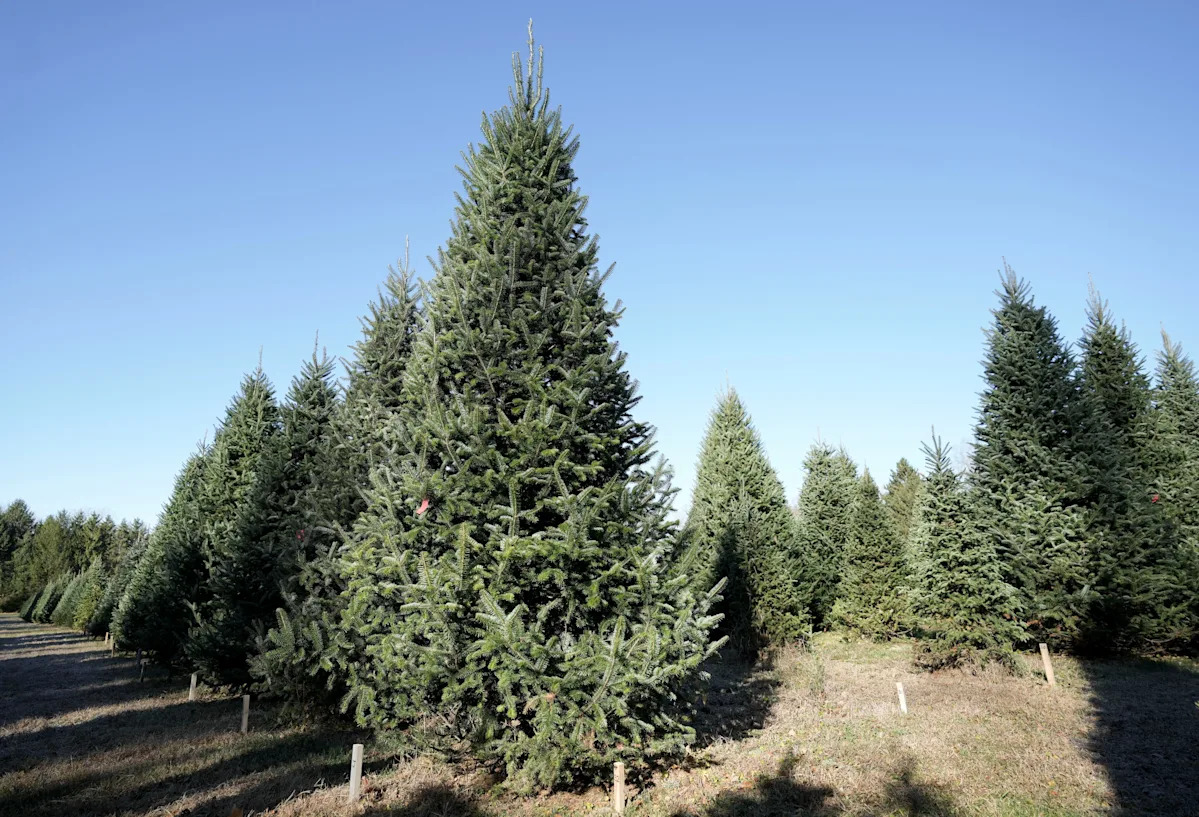Home / Environment / Real vs. Fake Trees: Which Holiday Choice is Greener?
Real vs. Fake Trees: Which Holiday Choice is Greener?
25 Nov
Summary
- Real trees are renewable, recyclable, and support wildlife habitat.
- Artificial trees can be more eco-friendly if used for at least five years.
- Disposal of any tree type significantly impacts its overall environmental footprint.

As the holiday season approaches, the choice between a real or artificial Christmas tree sparks environmental debate. Tree farmers emphasize that real evergreens are renewable resources, offering benefits like carbon storage and wildlife habitat. They plant more trees than they sell, ensuring continued ecological contribution.
Conversely, artificial trees are presented as a sustainable investment, especially if kept for at least five years. Their long lifespan can offset manufacturing and transportation impacts, particularly for trees imported from overseas. However, concerns about plastic production and disposal persist.
The ultimate environmental footprint of either tree type hinges significantly on its disposal. While real trees decompose, artificial ones can linger in landfills for extended periods. The decision often rests on individual priorities, lifestyle, and commitment to reuse.




